Vegan Globetrotter is supported by our audience. When you purchase through one of our links, we may earn a small affiliate commission. As an Amazon Associate I earn from qualifying purchases. Your cost is not affected.
==================
Are you tired of your old, inefficient stove and looking for a greener alternative? Welcome to the world of induction cooktops. In today’s rapidly evolving world, sustainability is no longer just a buzzword—it’s a lifestyle choice that impacts every aspect of our daily lives—one area where sustainable practices significantly impact is the kitchen, specifically with the rise of induction cooktops.
These sleek, modern appliances are revolutionizing how we cook and paving the way for more energy-efficient and environmentally friendly kitchens. But what exactly makes induction cooktops the preferred choice for eco-conscious chefs and home cooks alike? Dive into our comprehensive guide to discover how induction technology works, its environmental benefits, and why it might be the perfect addition to your sustainable kitchen.
Induction Cooktops: A Solution for Lower Carbon Footprint and Sustainable Kitchen Practices

Induction cooktops are becoming known as an eco-friendly alternative to traditional gas and electric stoves. Many people are turning to these appliances to reduce their carbon footprint. Unlike conventional cooking methods, induction technology uses magnetic fields to heat pots and pans directly.
Understanding the environmental benefits of switching to induction cooktops can help you make informed decisions about your kitchen appliances. Induction cooking is significantly more efficient than gas or traditional electric ranges, as it reduces energy loss and directly heats your cookware.
This high-efficiency level can translate into lower household energy consumption and, consequently, a smaller carbon footprint. Plus, the precision and speed offered by induction cooktops provide a superior cooking experience. They allow for faster meal preparation and potentially less wasted energy.
Key Takeaways
- When you compare induction cooktops to gas and electric stoves, several factors stand out, from their energy efficiency to their precise temperature control.
- Unlike traditional gas and electric stoves, which generate emissions contributing to your carbon footprint, induction cooking offers several environmental benefits. It’s more efficient and reduces methane leaks.
- Using an induction cooktop comes with advantages like quick heating and easy cleaning. As modern home design prioritizes sustainability, induction cooktops are becoming a stylish and eco-friendly choice.
- There have been notable advancements in induction cooktop technology, from invisible induction coils to their positive environmental impact.
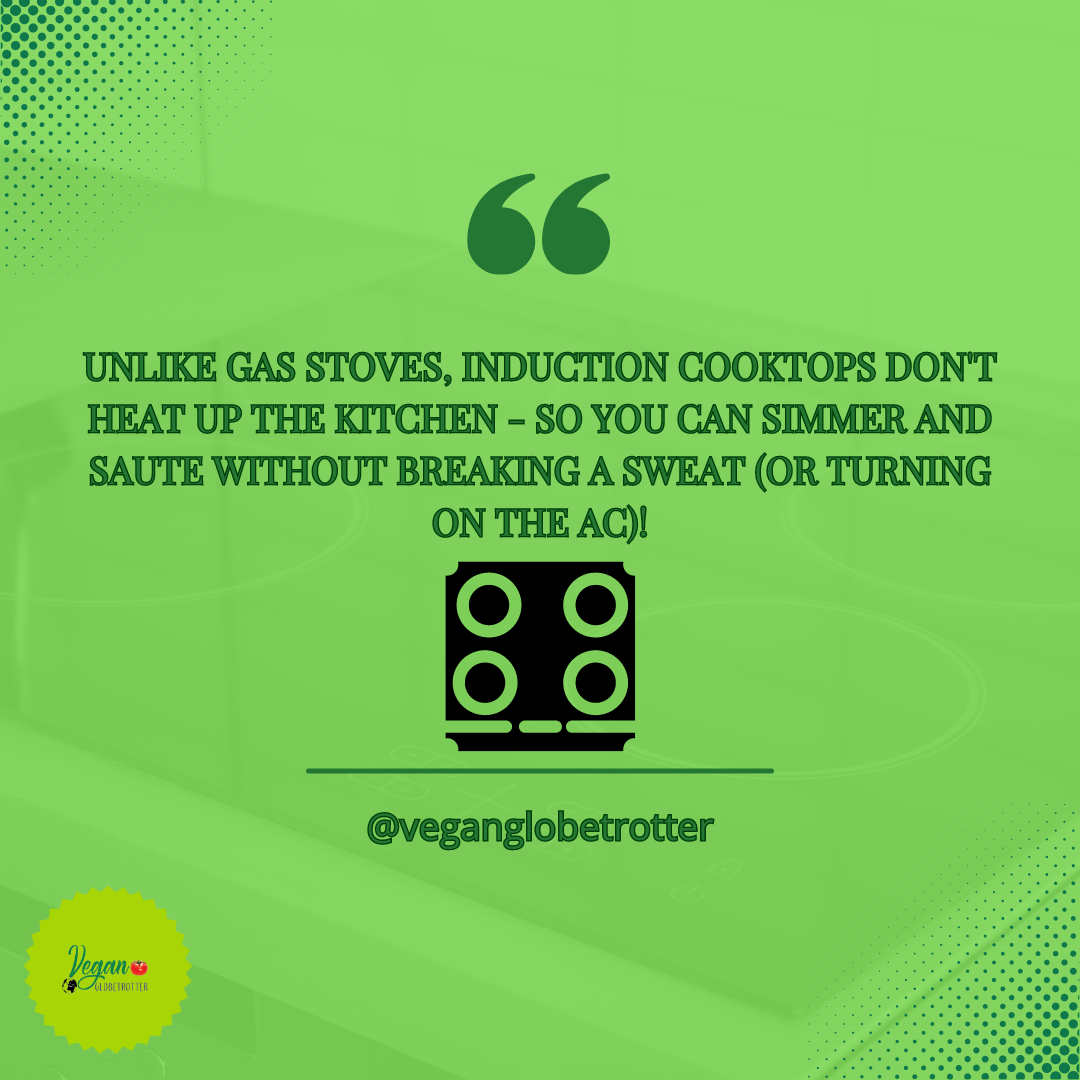
Induction Cooktops Unveiled: The Future of Sustainable Cooking
Induction cooktops have become a game-changer in modern kitchens, offering enhanced efficiency and precision. Let’s explore how these innovative appliances work and stack up against traditional cooking methods.
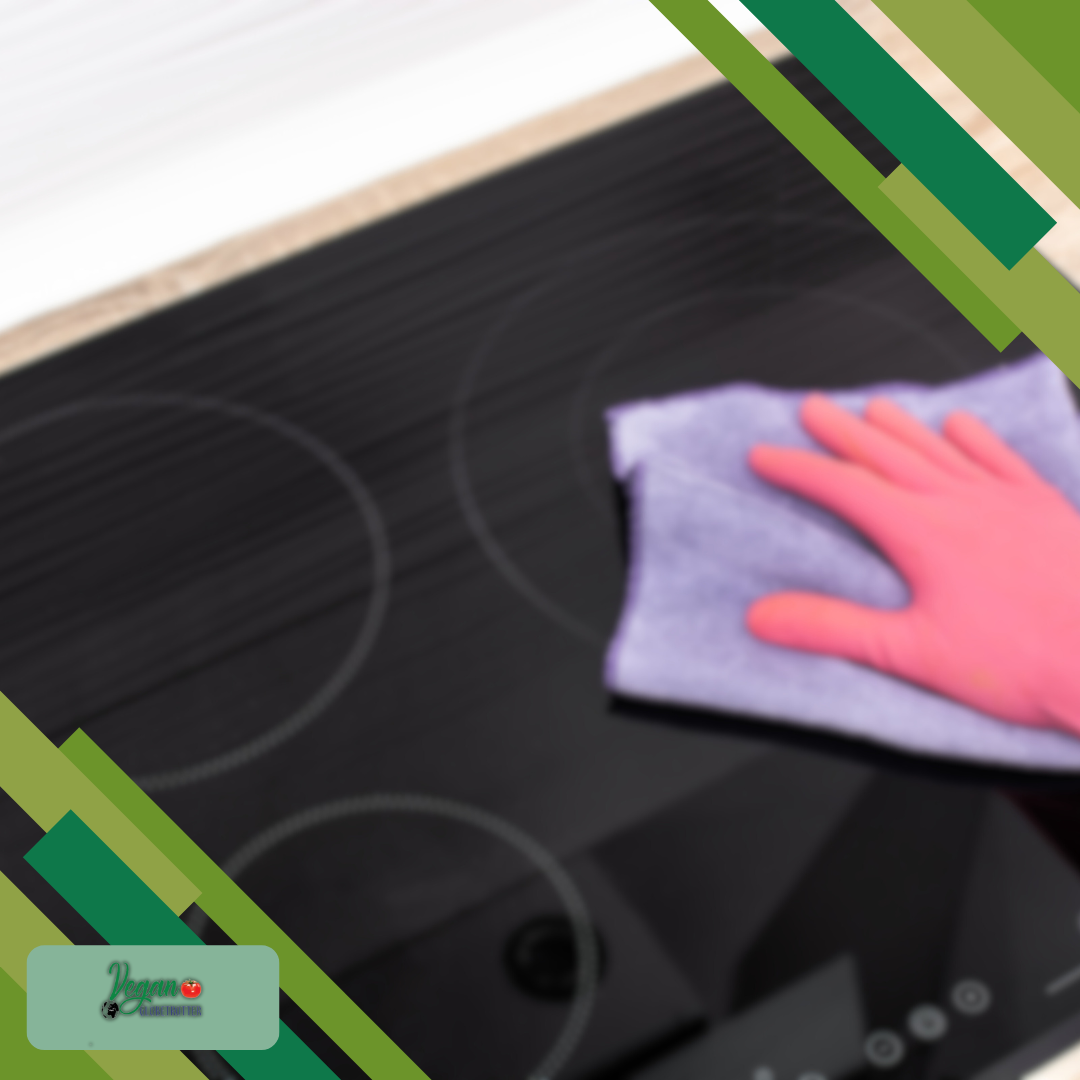
Working Principle of Induction Cooktops
Induction cooktops operate using electromagnetic energy to heat cookware directly. Below the ceramic surface of the cooktop are magnetic coils.
So, when you fire up the cooktop, it sends an electric current through these coils, like magic. This creates a magnetic field. And what happens next? This field gets all sneaky and induces an electric current in the metal of your induction-compatible cookware, chilling on top. And voilà! This current is what makes the pots and pans all warm and cozy. But here’s the cool part—only your cookware gets toasty, not the cooktop surface. It’s like having a chill zone on your stove!
- Direct Heating: The cookware itself becomes the heating element.
- Precision: Allows for quick adjustments to the temperature.
- Safety: The cooktop remains cool, reducing burn risks.
Here’s an additional video on how induction works:
By: The science works
Comparison With Gas and Electric Stoves
Several factors stand out when comparing induction cooktops to gas and electric stoves.
- Energy Efficiency: Induction cooktops are more energy-efficient, utilizing about 10-50% less energy than traditional electric cooktops.
- Heat Time: Induction heats cookware more quickly than gas or electric elements, allowing for faster cooking times.
- Temperature Control: The precision of induction surpasses that of gas and electric options, offering a rapid response to temperature adjustments.
While induction cooktops offer impressive control and efficiency, they require specific cookware compatible with induction. This typically includes pots and pans made of ferrous metals like cast iron or certain types of stainless steel. Your cookware needs to be magnetic to work effectively on an induction cooktop.
The Environmental Impact of Traditional Cooking Methods
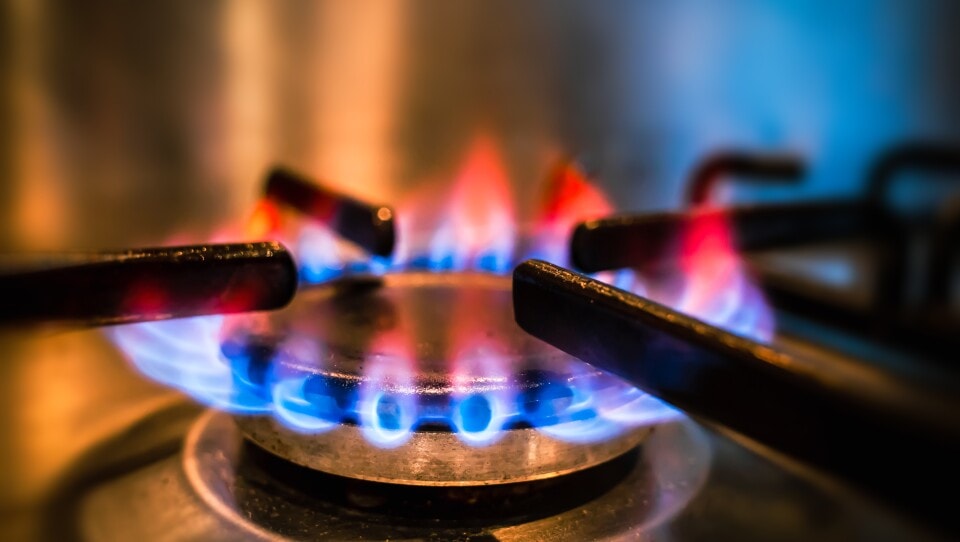
Your everyday cooking choices have a considerable effect on the environment. Gas and electric stoves, the most traditional cooking methods, generate emissions that contribute to your carbon footprint.
Gas Stoves
- Emit carbon dioxide (CO2), a potent greenhouse gas.
- Release nitrogen dioxide (NO2), which can impact indoor air quality.
Electric Stoves
- They are often powered by electricity from fossil fuels.
- Less efficient energy transfer to cookware creates excess heat, leading to energy waste.
With both methods, a significant percentage of energy goes into heating the surroundings rather than the food itself. Methane leakage during natural gas extraction and distribution, particularly for gas stoves, adds to climatic concerns. The induction cooking revolution offers an alternative to these environmental impacts.
Environmental Benefits of Induction Cooking: Environmental Impact
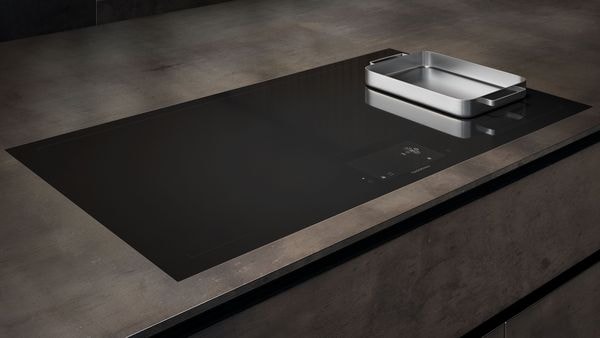
Induction cooking offers several environmental benefits over traditional gas and electric cooktops:
- Increased Efficiency: Induction uses electricity to create a magnetic field that directly heats your cookware, eliminating wasted energy from heating the surrounding air. Studies suggest induction can be up to three times more efficient than gas stoves.
- Reduced Greenhouse Gas Emissions: Induction cooktops are more efficient, resulting in lower electricity demand and fewer greenhouse gas emissions during electricity generation.
- Reduced Methane Leaks: Natural gas stoves can sometimes leak methane, even when turned off. Induction cooktops, on the other hand, eliminate this issue, which helps in our efforts to mitigate climate change.
Did You Know?
Gas stoves emit harmful pollutants like nitrogen dioxide and carbon monoxide, while induction cooking does not, creating a healthier indoor environment.
Exploring Induction Cooking’s Carbon Footprint: A Sustainable Kitchen Solution
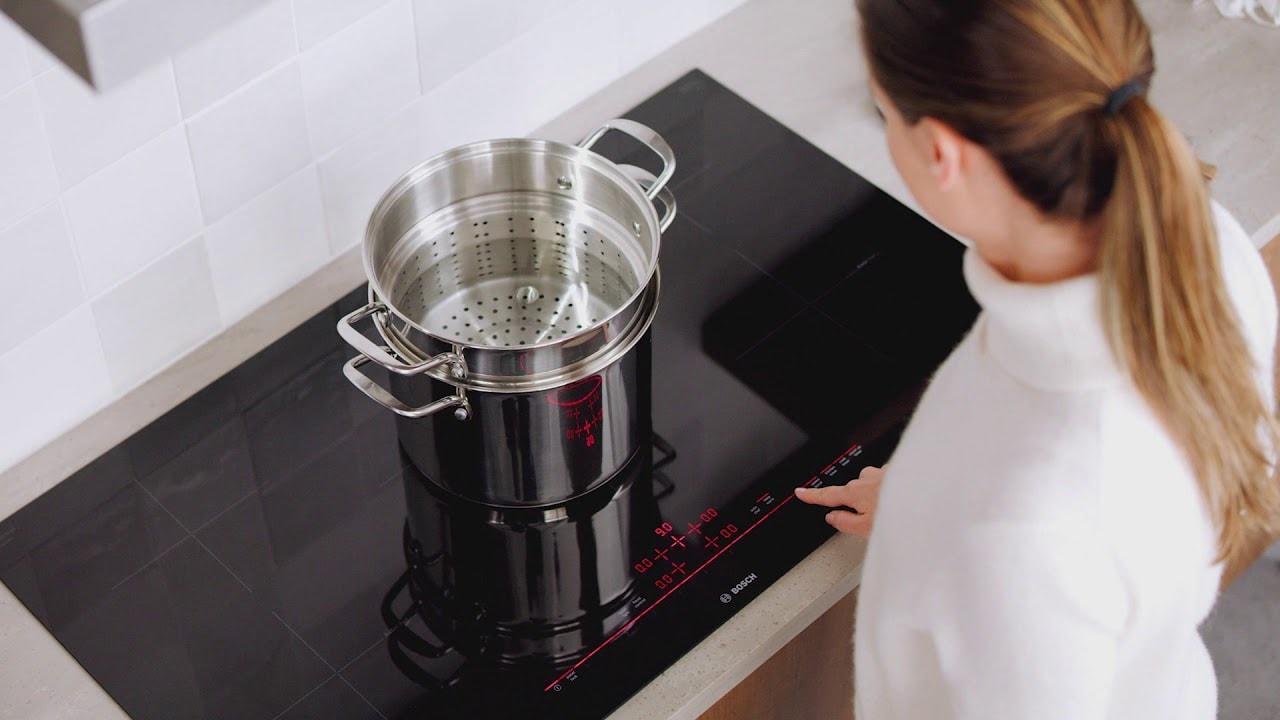
Induction cooktops are revolutionizing the way you cook, offering a substantial decrease in the carbon footprint of your kitchen by improving energy efficiency and harnessing renewable energy.
Energy Efficiency of Induction Cooktops
Your induction cooktop excels in energy efficiency since it transfers electromagnetic energy directly to your cookware, minimizing heat loss. Unlike traditional electric or gas stoves, where energy is wasted in heating the appliance or the surrounding air, induction heating is 90-95 percent more efficient.
This direct transfer means your cooking is quicker and more energy-efficient, supporting reduced greenhouse gas (GHG) emissions.
- Traditional Gas Stove Efficiency: 40-55%
- Traditional Electric Stove Efficiency: 65-70%
- Induction Cooktop Efficiency: 90-95%
Renewable Energy Compatibility
When you use an induction cooktop in a home utilizing solar panels, for example, you’re driving down your reliance on fossil fuels and enhancing your kitchen’s sustainability profile.
Moreover, combining the high efficiency of induction cooktops with renewable energy sources can eliminate your cooking’s carbon footprint.
- Fossil Fuels: High GHG emissions
- Renewable Energy: Low to zero GHG emissions
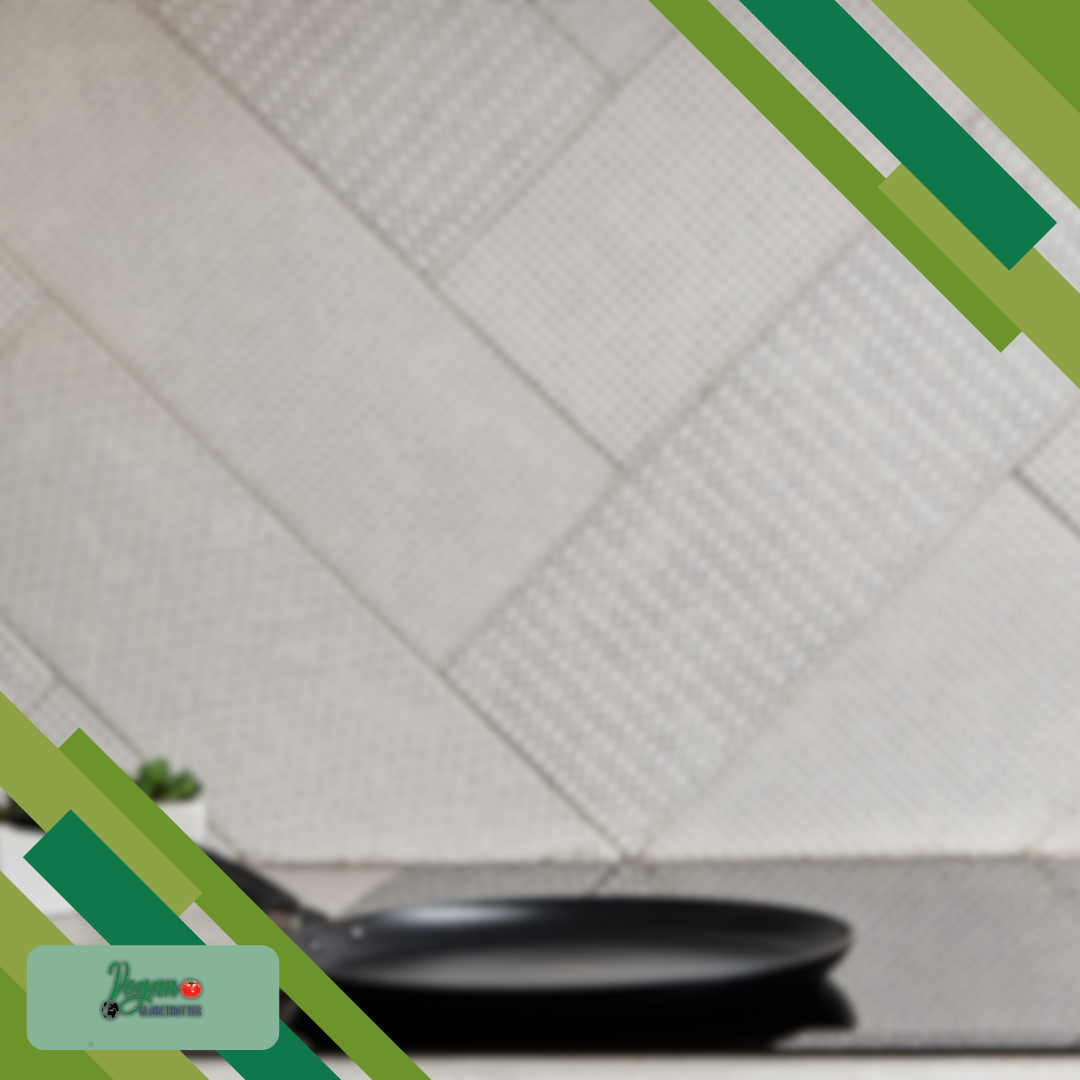
Unlocking the Advantages of Induction Cooktops
Here are some key advantages you’ll experience with an induction cooktop:

- Quick Heating: Enjoy faster cooking times thanks to the rapid response of induction technology.
- Precise Temperature Control: Achieve the exact cooking temperature you need precisely.
- Safety: With induction cooktops, the risk of burns is reduced as the cooktop stays cooler than traditional elements.
- Easy Cleaning: Without exposed heating elements, spillages do not burn onto the cooktop, making cleaning easier.
Furthermore, induction cooking enhances indoor air quality by generating significantly less ambient heat. This not only keeps your kitchen cooler but also benefits your carbon footprint.
Integrating Induction Cooktops Into Modern Kitchens
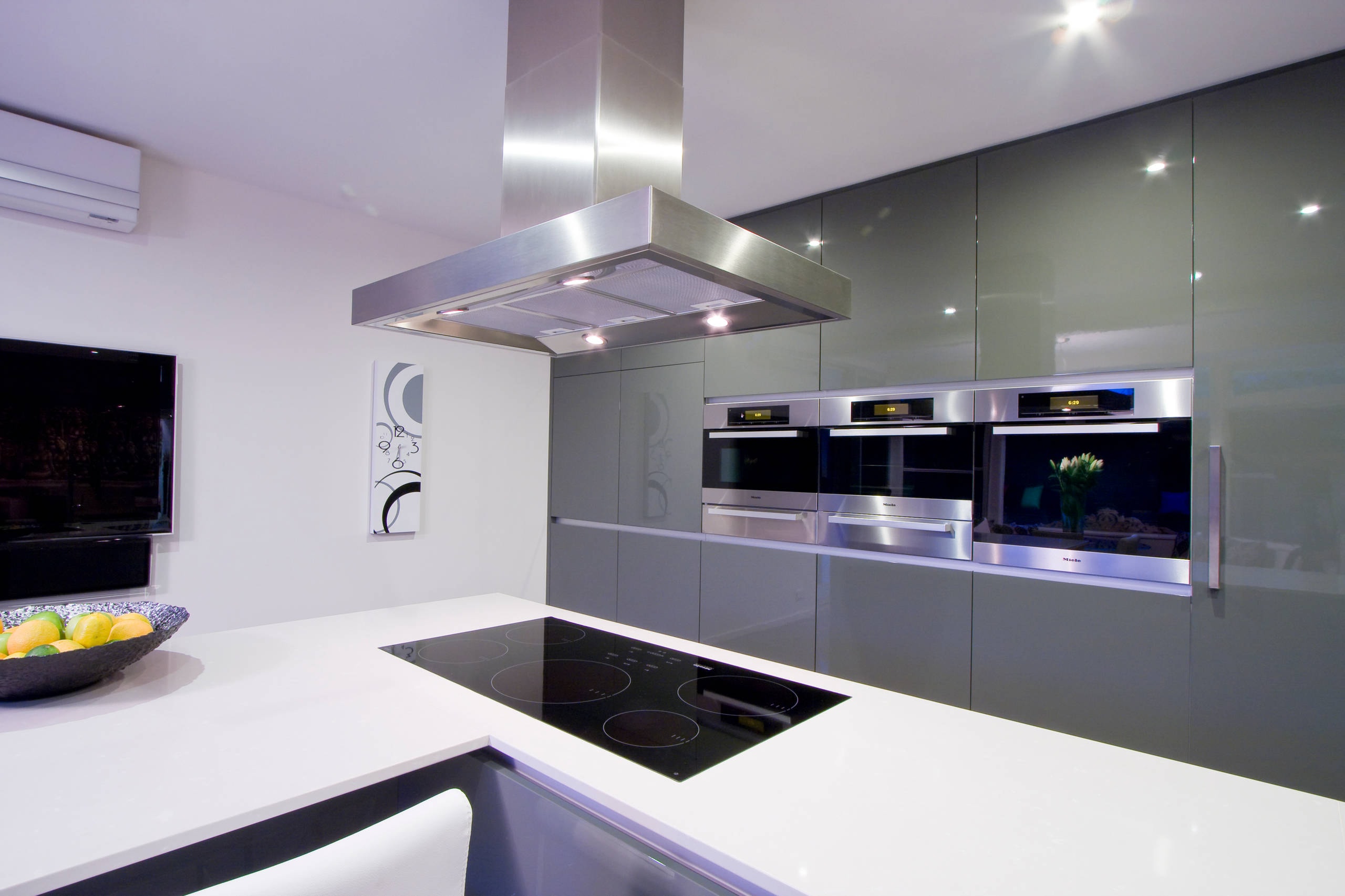
Modern home design increasingly prioritizes sustainability, leading to the integration of induction cooktops as a stylish and eco-friendly solution. Explore how these sophisticated appliances blend into contemporary kitchen aesthetics while offering advanced safety features.
Design and Aesthetics
Induction cooktops offer a sleek profile and minimalistic design. This allows them to integrate with various kitchen styles, from traditional to ultra-modern.
- Surface: Materials like the virtually invisible Dekton work surface create a clean, uninterrupted look.
- Visibility: Innovations such as Gaggenau’s Essential Induction cooktops align with the principle of ‘quiet luxury.’ They blend into the kitchen environment when not in use.
Technological Innovations in Induction Cooktops
Induction cooktops represent a significant stride forward in kitchen technology, merging efficiency with sleek design. Your culinary experience is transformed by innovations that provide precise temperature control and energy savings.
Notable Advancements Include:
- Invisible Induction Coils: Pioneered by leaders in kitchen design, current induction cooktops often feature coils hidden beneath the countertop surface. This maintains a clean aesthetic and makes cleaning easier.
- Energy Efficiency Awards: The E.P.A.’s recognition of induction as an Energy Star Emerging Technology highlights their reduced energy waste. By heating cookware directly, you minimize heat loss and consume less energy.
- Integration with Worktops: Manufacturers are working towards a seamless kitchen environment. Elements such as a performance knob, L.E.D. indicators, and fewer visible components support this integrated approach.
- Smart Features: New models may include programmable settings, remote control, monitoring connectivity, and safety features such as automatic shut-off and child locks.
- Environmental Impact: Transitioning to induction cooking is a step towards greener kitchens. As gas bans in new buildings take effect in places like California, induction offer a cleaner alternative.
Embracing the Sustainability of Induction Cooktops
Induction cooktops are a forward-thinking choice for your kitchen, offering efficiency and environmental benefits. Like gas cooktops, you have immediate temperature control but with the added advantage of higher energy efficiency. This is because induction heat pots and pans directly through magnetic induction, resulting in faster heating times and potentially 10-50% less energy usage than traditional electric cooktops.
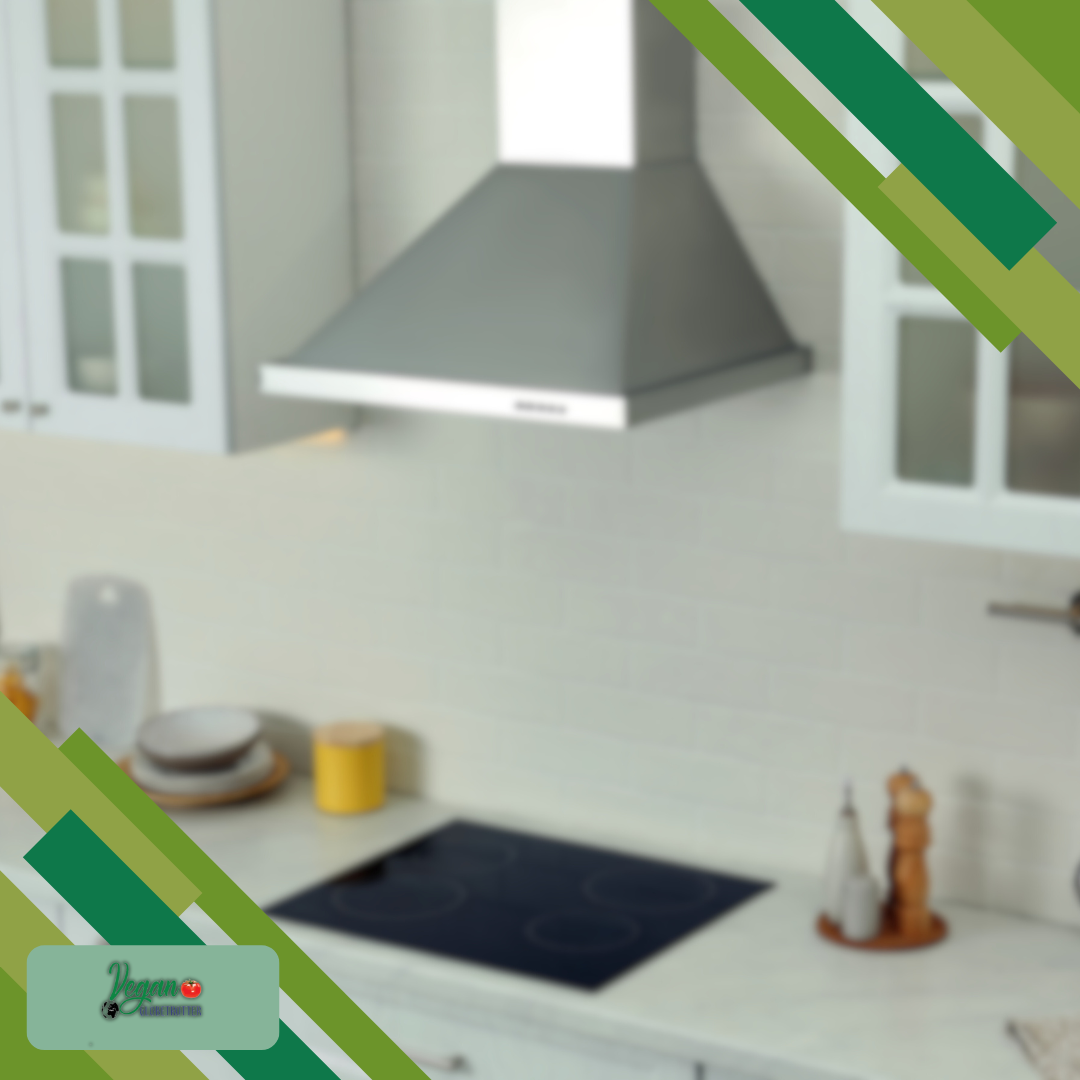
Opting for an induction cooktop reduces your kitchen’s carbon footprint while enjoying a safer cooking environment. Since the cooktop doesn’t heat up, the risk of burns is minimized, and your kitchen stays cooler overall.
Key takeaways include the precision and efficiency of induction cooking, which heats cookware directly rather than the cooktop surface. This speeds up cooking, saves energy, and reduces kitchen heat. Additionally, the flat, smooth surface of induction makes them easier to clean, enhancing convenience in the kitchen.
For optimal performance, ensure your cookware is compatible with induction cooking. Choosing an induction cooktop is a practical step towards a greener kitchen. It’s an investment that pays off in reduced utility bills and a lower environmental impact. With technology that combines efficiency and responsiveness, you can modernize your cooking space with the confidence that you are making a sustainable choice.
Frequently Asked Questions
Can Switching to an Induction Cooktop Lead to Energy Savings in the Kitchen?
Induction are known for their efficiency, which can be reflected in your energy bills. The energy directly heats the cookware, minimizing heat loss and leading to quicker cooking times and energy savings.
Why Might Some People Prefer Gas Cooktops Over Induction Despite Environmental Concerns?
Some individuals may prefer gas cooktops for their ability to produce a flame that can be visually monitored and their compatibility with all types of cookware. However, this preference is often balanced against the benefits that induction provide regarding efficiency and safety.
What Potential Drawbacks Should Be Considered When Switching to an Induction Cooktop?
Induction require cookware that is magnetic to function correctly. Also, they can be more costly upfront than traditional electric or gas stoves. It would help if you weighed these considerations before making the switch.
Find Us on Social Media
Facebook: VeganGlobetrotter Join us on our Facebook page, VeganGlobetrotter, where we share mouthwatering plant-based recipes and tips to inspire your vegan lifestyle.
Instagram: _veganglobetrotter Follow us on Instagram at _veganglobetrotter to embark on a visual journey of delectable vegan dishes.
Pinterest: theveganglobetrotter Dive into the world of plant-based goodness and wellness with our Pinterest account, theveganglobetrotter.
Twitter: VeganGlobetrot Stay up-to-date with the latest vegan trends, insightful articles, and exciting updates by following us on Twitter at VeganGlobetrot.


Don't miss out
when new recipes and information are added!
Join our newsletter for free recipes,
healthy living inspiration, and special offers
You have Successfully Subscribed!